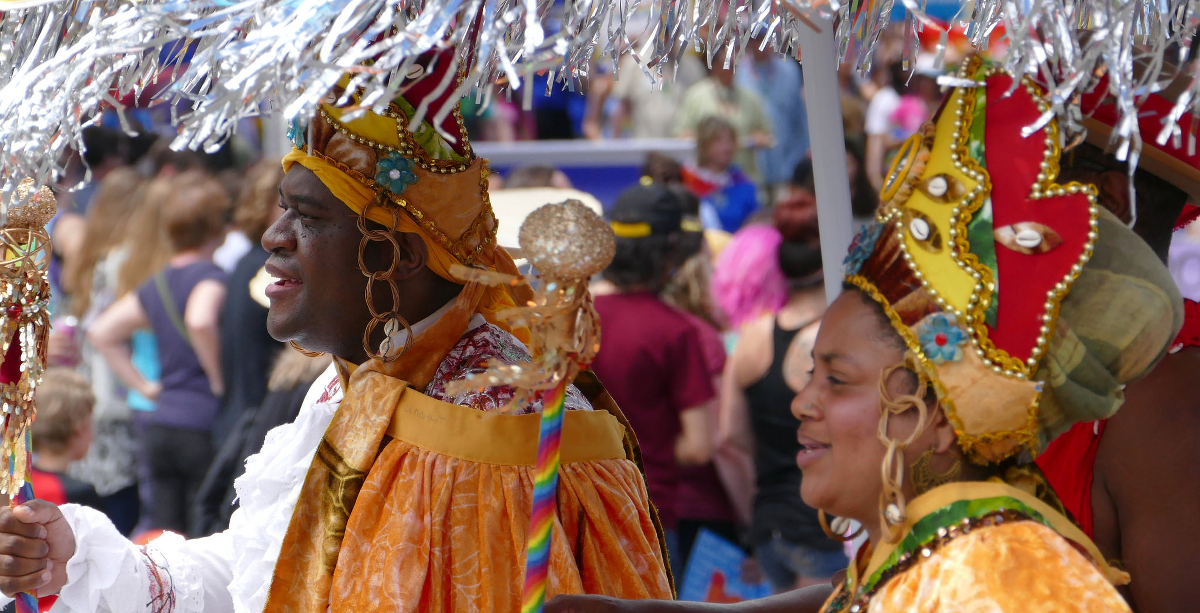As rainbow flags are flown around the world during Pride month, and many people have come to accept same-sex relationships as valid, it can be easy to forget that the LGBT+ community still faces many challenges. And, while straight people are… well… improving, there are some things we need you to know.
1. We’re still being prosecuted, convicted, imprisoned and even executed for this
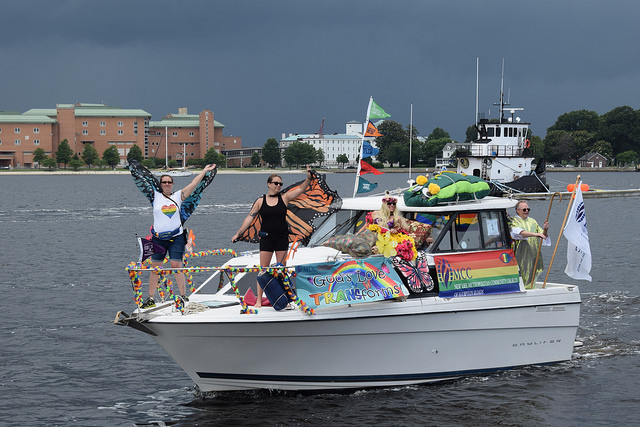
In countries around the world, homosexuality and same-sex relationships are still illegal, even warranting the death penalty in Yemen, Iran, Mauritania, Nigeria, Qatar, Afghanistan, Somalia and Sudan.
The homophobic purge of LGBT+ people in Chechnya is evidence that this is a terrifyingly current issue, still.
2. You’re still putting us through fake, dangerous therapy to ‘cure’ us
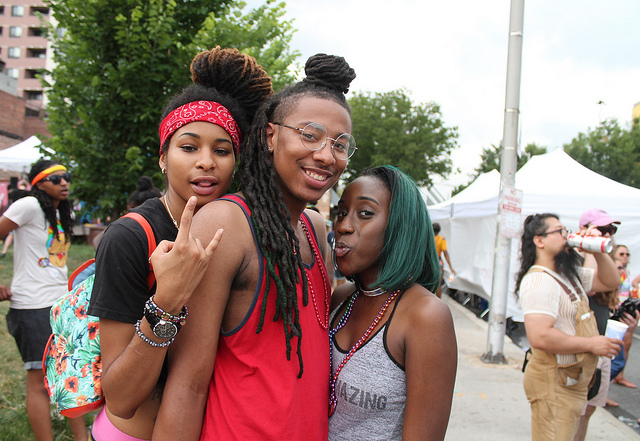
Imagining that there is something wrong with being gay, bi or trans, cis straight people continue to create and perpetuate damaging (and thoroughly discredited) ideas through ‘gay cure therapy’, which instils in its victims a sense that their very being is something wrong, shameful and horrifying.
This Vice documentary on gay conversion therapy looks at the issue in detail.
3. Sometimes our families are so ashamed of us that they won’t bury us when we die
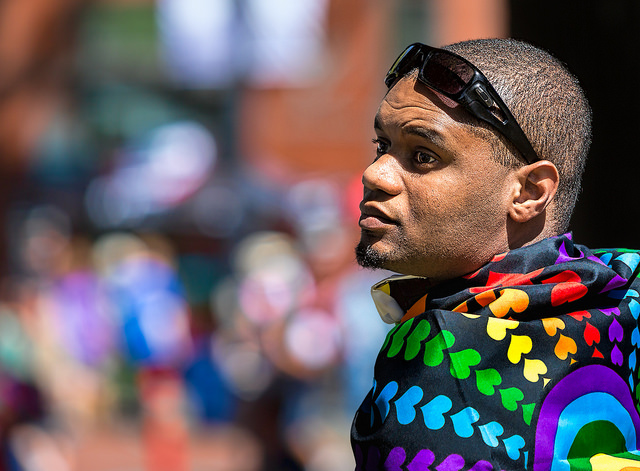
In the 1980s, Ruth Coker Burks found that many of the gay men dying of HIV and AIDS were not visited, nor were their dead bodies claimed or buried by their families, who could not deal with the shame of having gay and bisexual sons. She took it upon herself to care for over 1,000 people who were dying of AIDS, and dug graves in her family’s cemetery for 40 of them.
“When Burks, then 25 years old, learned how many young men were being left to die alone and often were not even being claimed for burial, she recalls thinking, ‘Who knew there’d come a time when people didn’t want to bury their children?’.“
But this is not just a historical issue; one of the victims who died in the Orlando massacre was not claimed by his father, because he was gay.
4. You keep blaming us for random weather events
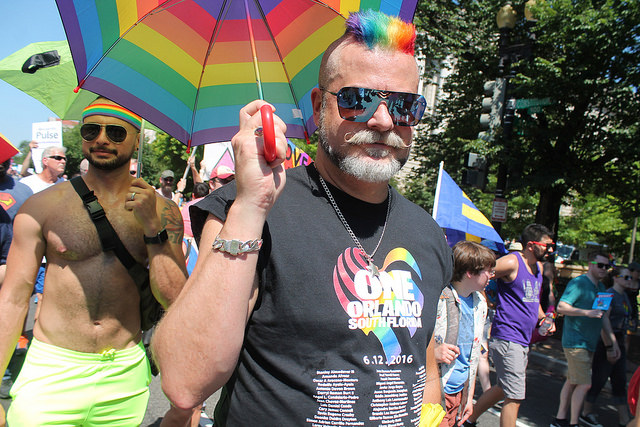
Admittedly, most people don’t take this seriously. But it gets really tiresome whenever there is some extreme weather and a Ukip member or an American Republican blames it on God’s anger with LGBT+ acceptance.
I’ve taken to just apologising in advance when a hurricane hits. It saves time.
5. Colourful pixels are very upsetting to some straight people
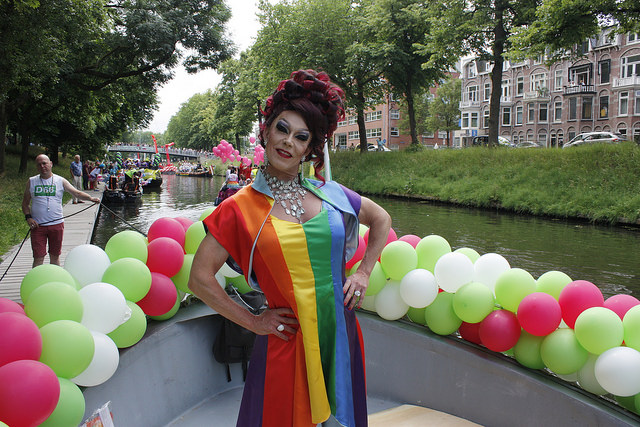
When Facebook introduced the rather fabulous rainbow reaction for Pride month, some creative people chose to plaster their favourite anti-gay pages with rainbow reactions. Some of the pages had a rather extreme reaction.
6. We keep having to explain why there’s no Straight Pride
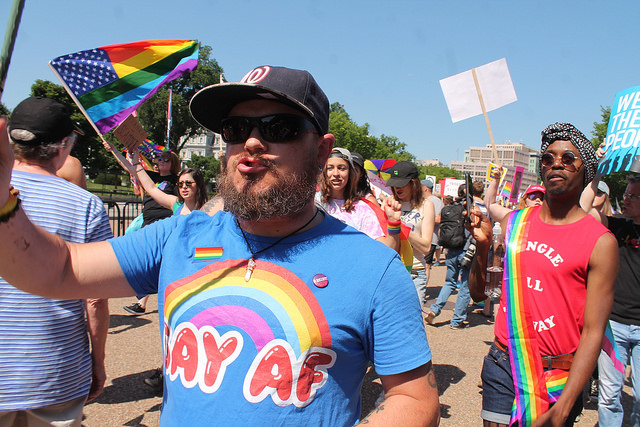
Abercrombie and Fitch upset many of the LGBT+ community by saying that Pride was for straight people too. And the thing is, it isn’t. You may want to join in with our awesome party but, unless you know its history and respect how radical it still is to march down the street or celebrate with others that we do not identify with the gender we were assigned at birth, or that we fancy people of the same sex, then you’re not welcome.
When we can still be killed for this (see above), and are frequently intimidated or threatened if these parts of our lives become public, then the lack of need for a ‘straight pride’ becomes abundantly clear. A bit like food banks for rich people, they have no place.
7. Bisexual people are not ‘greedy’
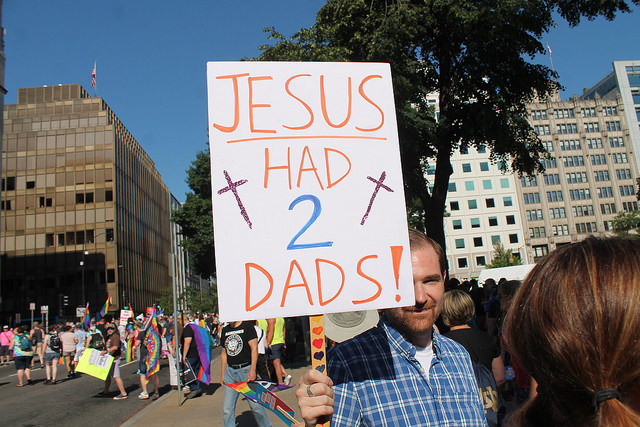
Both the gay and straight communities are guilty of this one; the idea that people who are bisexual or pansexual are somehow greedy and can’t make their minds up between fancying men or women. If a bi person does have a general preference for one gender or another (it’s not always a 50/50 issue), their bisexuality can be especially minimised and misunderstood.
James told me, “I’m more attracted to women than men in the general case and romantic attraction to men takes a far greater level of personal intimacy for me than it does with women. This tends to lead other people to one of two conclusions: that I’m “really” straight or that I have a certain level of internalised homophobia to work out.”
Similarly, when bi or pan people are in opposite-sex relationships, their LGBT+ status is often dismissed or made invisible, and the same applies to any LGB person who is single.
8. We have to come out again and again and again and again
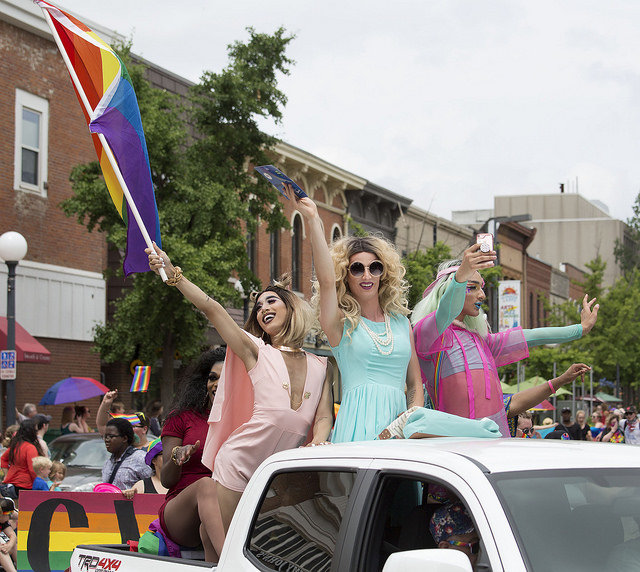
When I first came out as gay, I ticked family and friends off the list and had eventually told almost everybody I knew. It was only then that I realised that the job wasn’t done… in fact, for everybody I met, for the rest of my life, I would have to choose whether to come out to them or not. If I did, I risked shunning, abuse or discrimination. If I didn’t, I risked looking like I was ashamed or shifty about my sexual identity.
9. That it’s about more than what’s in somebody’s pants.

Carolyn said, “it’s a heritage, a legacy, a culture, a history, a community… […] AND, especially for lesbians, it is historically, culturally, spiritually, socially a site of MASSIVE resistance, whether or not we even want it to be.”
10. That what’s in somebody’s pants has nothing to do with anybody, anyway
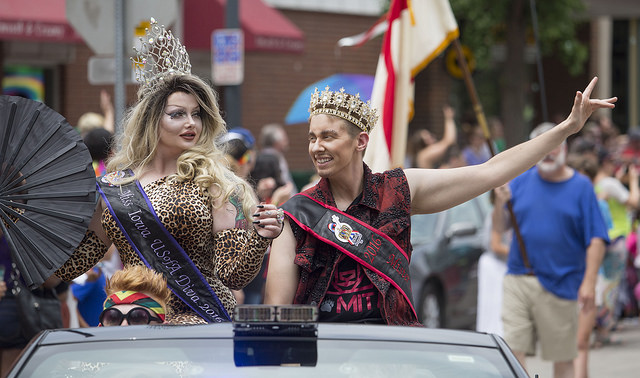
Whatever your gender or sexual orientation, unless you are going to have consensual contact with somebody’s genitalia, it has nothing to do with you.
11. That neither of us is ‘the man’, we don’t automatically fancy you, and we don’t all know each other.
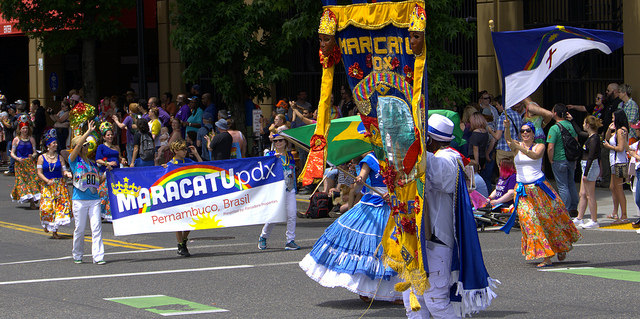
No, I don’t know the lesbian who lives on your street, and I’m not going to jump your bones just because you’re a woman.
Photo: Sam Churchill/Creative Commons

